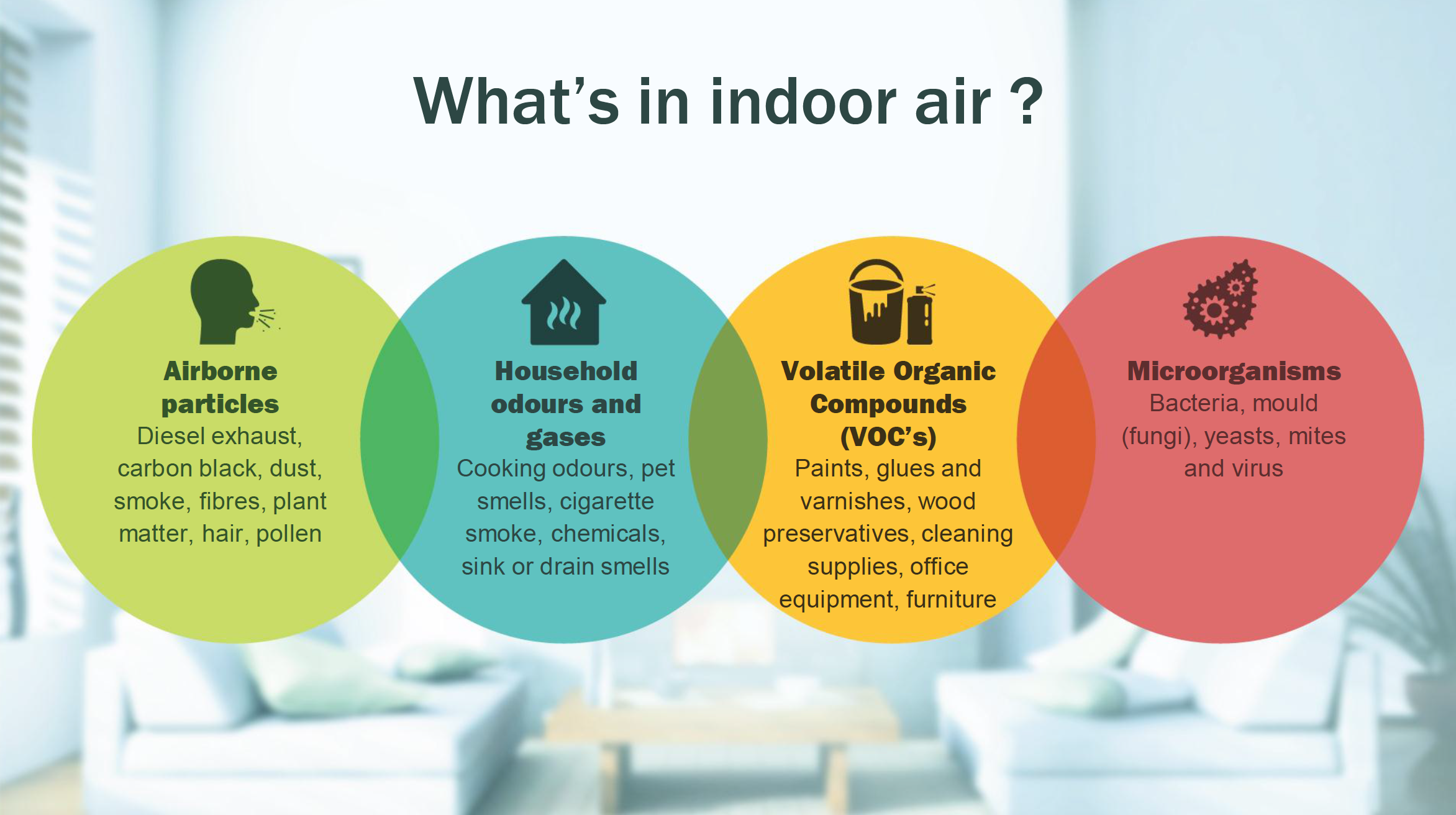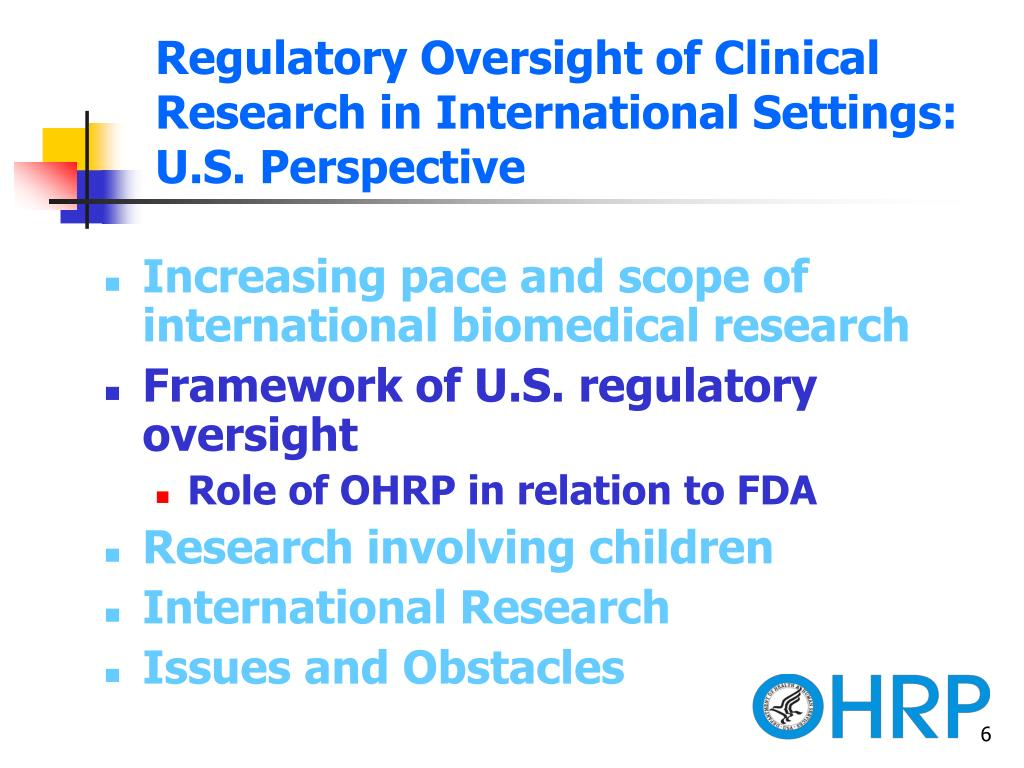
Indoor air quality is a critical aspect of our health and well-being that often goes unnoticed. When we think about what affects our health, we typically consider outdoor pollution, but the air we breathe within our homes and workplaces can be just as detrimental. Poor indoor air quality can lead to a myriad of issues, from cognitive functions being compromised to increased exposure to indoor pollutants like dust and volatile organic compounds. Moreover, enhancing air ventilation can significantly improve the overall atmosphere of indoor environments, translating to healthier buildings that prioritize occupant health. Understanding the importance of indoor air quality is essential in creating spaces that not only shelter us but also foster our physical and mental well-being.
The air circulating in our living and working environments profoundly influences how we feel day-to-day and how we function cognitively. It’s crucial to recognize that the spaces we inhabit — whether they be homes, offices, or educational facilities — can either contribute to our wellness or detract from it. Terms like air quality, environmental comfort, and ventilation efficiency encapsulate a wide range of factors that impact our experience indoors. Thus, learning more about these elements can lead to better practices and interventions, ensuring that our indoor settings are as supportive as possible for our health and productivity.
Understanding Indoor Air Quality
Indoor air quality is a critical factor influencing our health and well-being, especially as studies show that individuals spend up to 90% of their lives indoors. Poor air quality can lead to a variety of health issues, including respiratory problems, fatigue, and decreased cognitive function. This highlights the connection between the air we breathe and how we feel and perform in our daily activities. Through proper air ventilation and minimizing indoor pollutants, we can significantly improve our indoor environments.
The impact of indoor air quality extends beyond mere comfort; it can affect cognitive performance as well. Research indicates that improved air ventilation can lead to enhanced focus and problem-solving abilities. By ensuring continuous and effective air exchange within buildings, we not only create a healthier environment but also boost productivity and cognitive performance in workplaces and educational settings.
The Role of Healthy Buildings in Well-Being
Healthy buildings are designed with the intention of promoting the health and well-being of their occupants. This includes strategic design elements that improve air quality, light exposure, and acoustics, which all contribute to creating a conducive atmosphere for living and working. Such buildings are equipped with advanced filtration systems and proper air ventilation strategies to minimize indoor pollutants, thus aiding in the prevention of various health issues.
Furthermore, healthy buildings can enhance cognitive function among occupants. Studies, including those from Harvard, demonstrate that attributes such as increased natural light and optimized air quality play vital roles in mental clarity and productivity. By prioritizing these factors in building design and maintenance, we can cultivate environments that not only protect occupants from physical ailments but also support their mental performance.
Impact of Indoor Pollutants on Health
Indoor pollutants can originate from various sources, including building materials, furniture, and everyday household items. These pollutants can adversely affect air quality and, consequently, occupants’ health. For instance, volatile organic compounds (VOCs) emitted from common household products can contribute to poor indoor air quality and have been linked to numerous health complaints, such as headaches, fatigue, and irritation of the eyes and throat.
Moreover, the presence of biological pollutants, such as mold, dust mites, and pet dander, can exacerbate respiratory conditions and allergies. Understanding the sources of these indoor pollutants is crucial in developing effective strategies to improve air quality. Regular cleaning, appropriate ventilation, and air filtration systems can help mitigate these risks and promote a healthier indoor environment.
Air Ventilation: Key to a Healthy Indoor Environment
Air ventilation is essential for maintaining good indoor air quality. It involves the controlled exchange of indoor air with outdoor air to dilute indoor pollutants and replenish oxygen levels. In the 1970s, air ventilation rates were reassessed with a focus on improving health outcomes and reducing airborne diseases. Effective air ventilation systems can significantly lower the risks associated with indoor pollutants, thereby fostering a healthier living and working environment.
Incorporating advanced ventilation technologies, such as demand-controlled ventilation systems, allows buildings to adapt airflow according to occupancy levels, ensuring optimal air replenishment and comfort. Additionally, increased ventilation can bolster cognitive function by reducing carbon dioxide levels, which often rise in poorly ventilated spaces, making a significant difference in productivity, focus, and overall well-being.
Cognitive Function and Indoor Environments
Cognitive function can be directly influenced by the quality of the indoor environment. Factors such as lighting, noise levels, and most importantly, air quality play a pivotal role in determining how effectively individuals can focus, think critically, and perform varied mental tasks. Studies have shown that workplaces with optimized indoor air quality, through enhanced ventilation and pollutant removal, have led to noticeable improvements in employee performance and mental clarity.
It is essential for organizations to recognize the impact of the indoor environment on cognitive abilities and to implement strategies that enhance air quality. Creating spaces that prioritize healthy air circulation and limit exposure to harmful toxins can lead to a more engaged and productive workforce, showcasing the undeniable link between the physical environment and cognitive function.
The Importance of Building Maintenance for Health
Routine maintenance of buildings plays a critical role in ensuring optimal indoor air quality and overall health. Regular assessments of HVAC systems, air filters, and the identification of potential sources of contamination can prevent the accumulation of indoor air pollutants. Without proper maintenance, even the best-designed buildings can become detrimental to health, as ignored ventilation systems may exacerbate the problems caused by stagnant air and pollutants.
Moreover, maintaining a clean indoor environment not only prevents the deterioration of air quality but also contributes to the psychological well-being of occupants. A well-maintained building fosters feelings of safety and comfort, encouraging positive interactions and enhancing overall quality of life. It is, therefore, imperative that building owners and managers prioritize regular upkeep and cleaning to maintain both a healthy physical and psychological environment.
Combatting Indoor Air Pollution
To combat indoor air pollution effectively, a multifaceted approach is required. This involves a combination of good design practices, regular maintenance, and the use of high-efficiency air filters to capture airborne pollutants. For instance, using portable air purifiers equipped with HEPA filters can significantly reduce the concentration of allergens and irritants in indoor spaces, promoting cleaner air.
Furthermore, introducing more outdoor air into indoor spaces through natural ventilation or advanced mechanical systems can dilute pollutants and enhance indoor air quality. By focusing on these strategies and raising awareness about the importance of clean air, we can significantly improve health outcomes and promote healthier indoor environments.
The Link Between Indoor Spaces and Productivity
The link between indoor spaces and productivity is increasingly being recognized in various sectors. Environments that promote healthy indoor air quality and mitigate pollutants lead to employees who are not only healthier but also more productive. Research indicates that workers in buildings with good ventilation and low levels of indoor pollutants report higher levels of engagement and efficiency.
Creating spaces that prioritize air quality, natural light, and acoustic comfort can yield substantial benefits for organizations. As businesses begin to realize the potential return on investment from healthier indoor environments, the emphasis on design and maintenance will only grow, ensuring that productivity and well-being are closely aligned.
Steps for Improving Indoor Air Quality
Improving indoor air quality involves actionable steps that can be taken by both building owners and occupants. Regularly replacing air filters, ensuring proper ventilation, and minimizing the use of high-emission products are vital practices for maintaining healthy indoor environments. Educating tenants or employees about the importance of these practices can foster a collective approach to improving air quality.
Additionally, implementing greenery in indoor spaces can be beneficial as plants can help filter out toxins and improve air quality. Promoting awareness about indoor air quality not only encourages individuals to take charge of their environments but also boosts the overall health and productivity of a community.
Frequently Asked Questions
What is indoor air quality and why is it important for health and well-being?
Indoor air quality refers to the purity and composition of the air within buildings and structures. It is crucial for health and well-being because poor indoor air quality can lead to various health issues, including respiratory problems, allergies, and reduced cognitive function. Ensuring good air quality helps to create healthier buildings that support overall wellness.
How does air ventilation affect indoor air quality and cognitive function?
Air ventilation plays a significant role in maintaining indoor air quality. Proper air ventilation reduces the concentration of indoor pollutants, such as volatile organic compounds and carbon dioxide, thereby enhancing cognitive function. Studies, including one from Harvard, have shown that improved ventilation can boost employees’ focus and productivity in the workplace.
What are common indoor pollutants that can deteriorate indoor air quality?
Common indoor pollutants include dust, mold, pet dander, volatile organic compounds (VOCs), and carbon dioxide. These pollutants can originate from building materials, cleaning products, and even outdoor air. Reducing these pollutants is essential for enhancing indoor air quality and promoting health.
How can I improve indoor air quality in my home?
To improve indoor air quality in your home, consider increasing air ventilation by opening windows, using air purifiers with HEPA filters, and regularly maintaining HVAC systems. Additionally, minimizing the use of chemical cleaners and ensuring proper humidity levels can significantly enhance the air quality.
Is it true that a large portion of the air we breathe indoors comes from other people’s lungs?
Yes, it’s true. A significant amount of the air you breathe indoors can come from the lungs of others in the room. Studies suggest that this can be more than 3% of the air, highlighting the importance of proper air ventilation and filtration to minimize the spread of airborne contaminants.
Can indoor air quality affect the spread of infectious diseases?
Absolutely. Indoor air quality has a direct impact on the spread of infectious diseases. To reduce this risk, it’s advisable to bring in more outdoor air, increase filtration levels, and use portable air cleaners with HEPA filters. These actions help maintain healthier environments during high-risk seasons.
What role do healthy buildings play in supporting indoor air quality?
Healthy buildings are designed with the goal of enhancing indoor air quality, which supports the health and well-being of occupants. Such buildings incorporate effective ventilation systems, use low-emission materials, and prioritize daylighting and thermal comfort to create optimal indoor environments.
How much of the time do people spend indoors, and how does it relate to indoor air quality concerns?
Americans, on average, spend about 90% of their lives indoors. This high percentage makes indoor air quality a critical concern, as people are exposed to indoor pollutants for extended periods, emphasizing the need for attentive measures to maintain a healthy living and working environment.
What is the impact of dust on indoor air quality?
Dust can be hormonally active and may contain harmful particles that compromise indoor air quality. Reducing dust levels through regular cleaning and using air filters can significantly improve indoor air quality and contribute to healthier living spaces.
How many chemicals have been banned by the EPA since 1976, and why is this relevant to indoor air quality?
Since 1976, only 6 chemicals have been banned by the EPA out of more than 80,000 available for public use. This low number raises concerns regarding indoor air quality, as many potentially harmful chemicals still exist in everyday products, underscoring the need for awareness and proactive measures to improve air quality in our homes and workplaces.
| Key Point | Details |
|---|---|
| Americans spend majority of their lives indoors | On average, Americans spend 80% of their time indoors, affecting their health. |
| Impact of indoor air quality on cognitive function | The 2015 Harvard study found that improved air ventilation in workplaces boosted cognitive function. |
| Shifting air ventilation standards | In the 1970s, ventilation rates changed to limit complaints related to body odors and improve health. |
| Indoor air pollution sources | Indoor air can contain pollutants from outdoor sources, and neighboring apartments can contribute to indoor air quality. |
| The role of cleaning and ventilation | Strategies like increasing outdoor air and using HEPA filters are effective to reduce disease spread indoors. |
| Significance of building dust | Building dust can be hormonally active, affecting health and well-being. |
| Regulation of chemicals in buildings | Only 6 out of over 80,000 chemicals have been banned by the EPA since 1976, highlighting a regulatory gap. |
Summary
Indoor air quality significantly influences our health and productivity as we often spend around 80% of our lives indoors. The findings from various studies reveal that inadequate indoor air can lead to decreased cognitive function and wellness. To create healthier indoor environments, it is crucial to improve ventilation, use air filters, and adopt cleaning practices that minimize pollutants. Understanding and addressing indoor air quality issues is essential for fostering a safe and healthy living and working space.






